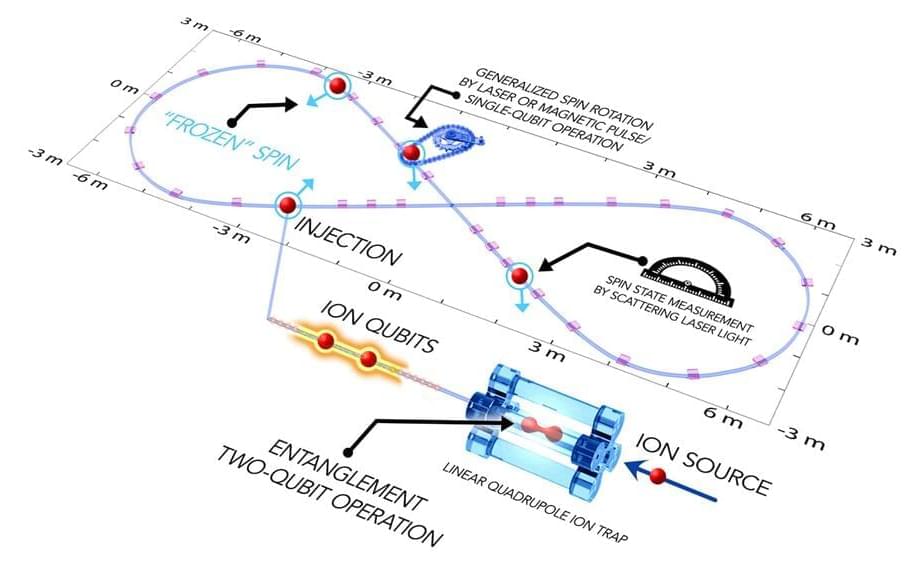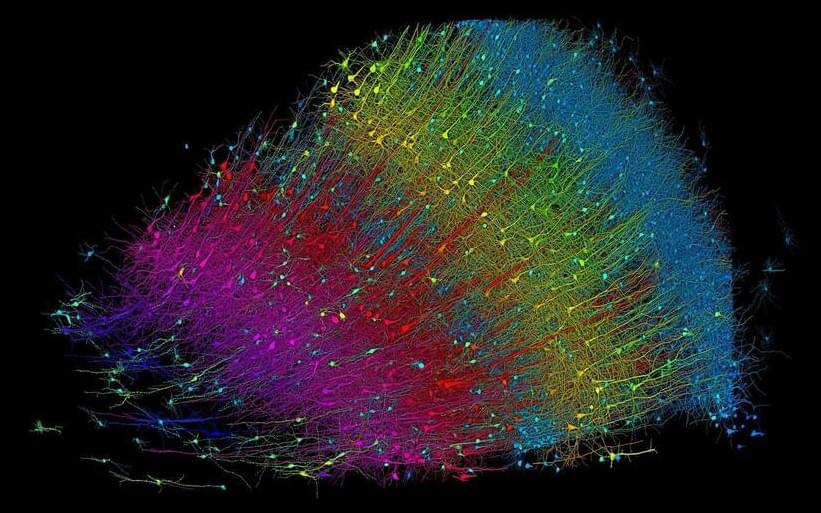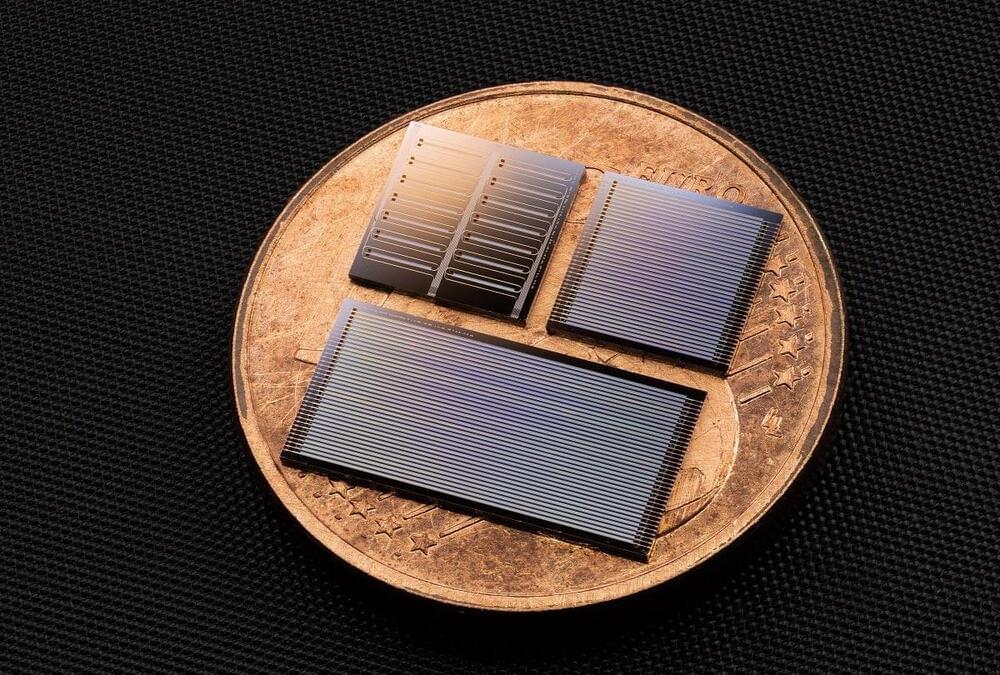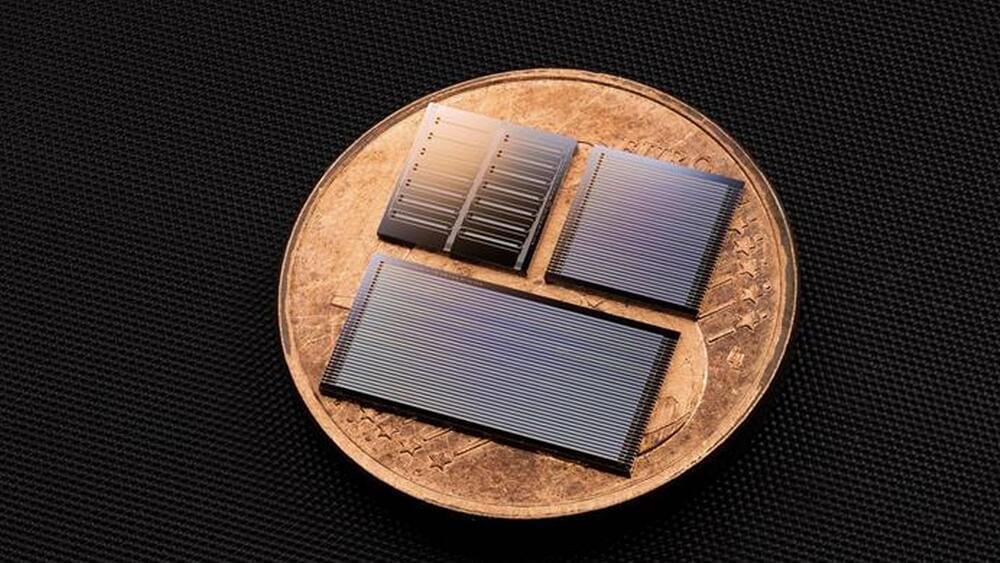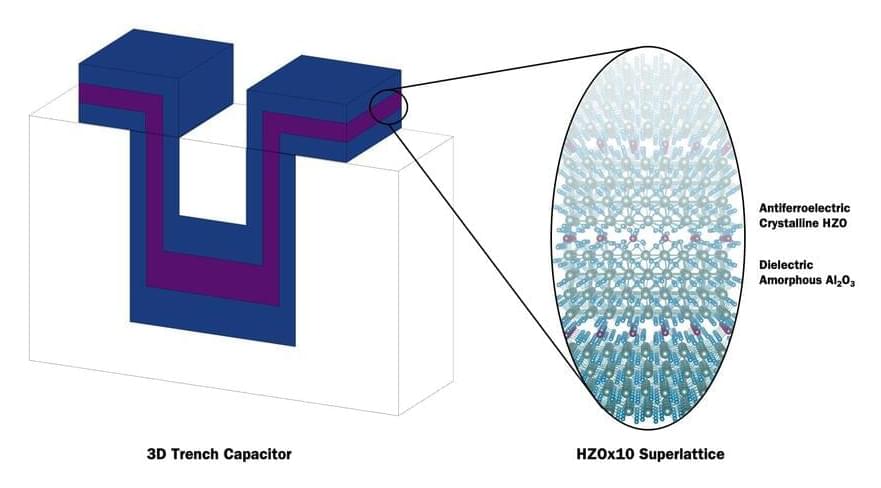May 16, 2024
Quantum spherical codes
Posted by Cecile G. Tamura in categories: computing, quantum physics
A new concept called quantum spherical codes could make the notoriously fragile information in a photon-based quantum computer less susceptible to errors.
Many recent experiments have stored quantum information in bosonic modes, such as photons in resonators or optical fibres. Now an adaptation of the classical spherical codes provides a framework for designing quantum error correcting codes for these platforms.

